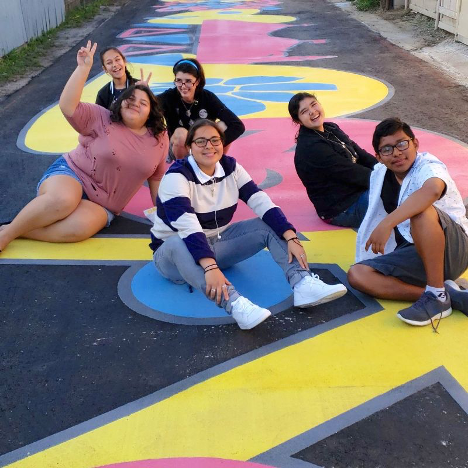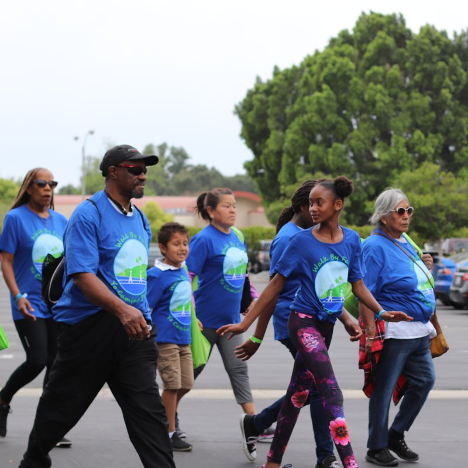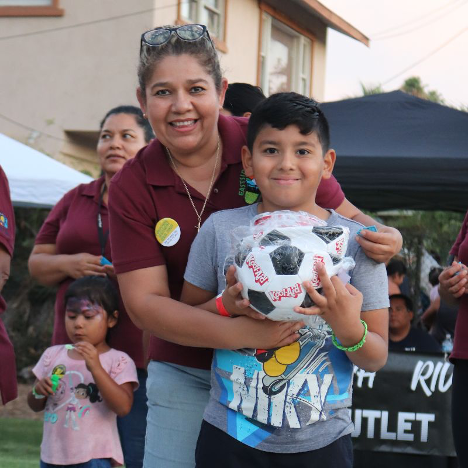COLTON, CA—-WaBa Grill, one of the nation’s leading healthy rice bowl chains, is excited to announce the opening of its third Colton location, marking WaBa’s 67th restaurant in the Inland Empire. Owned by longtime franchisees and husband and wife team Manuel and Lupe Ruiz, the new WaBa Grill features a drive-thru and is located off North Pepper Ave. and West Valley Blvd., across the street from Arrowhead Regional Medical Center. To provide some relief to guests, WaBa Grill is offering free delivery for orders placed via the WaBa Rewards App or WaBaGrill.com through the end of the year.
“We’re proud to open our doors making WaBa Grill accessible to even more Colton locals who depend on WaBa for delicious and healthy meals options, like our new Family Feast that feeds four,” said Manuel Ruiz. “Although dining rooms are closed, our menu items are prepared following enhanced safety measures and then perfectly packaged to be enjoyed on the go.”
Along with takeout, curbside pickup and free direct delivery via the WaBa Rewards app and www.wabagrill.com, guests may also access the brand and place orders through any of WaBa Grill’s third-party delivery partners: DoorDash, Grubhub, Uber Eats and Postmates. With nearly 200 locations throughout California and Arizona, WaBa Grill offers better-for-you options packed with flame-grilled protein, healthy grains and fresh vegetables. Protein choices include fresh, never frozen chicken, marinated ribeye steak, wild-caught salmon, jumbo shrimp and organic tofu which guests may add to any bowl, plate or salad and then customize with a variety of flavorful sauces including the fan favorite WaBa sauce.
Ruiz continued, “WaBa Grill has been a go-to healthy dining destination for more than 14 years and we’re happy to continue growing the brand throughout Southern California. It’s our goal to play an active role in the Colton community while providing guests with more nutritious options to feed themselves and their families.”
The newest Colton WaBa Grill is located at 403 N. Pepper Ave #200, Colton, CA 92324, and can be reached at (909) 533-4350. Daily hours of operation are Sunday through Thursday 10:00 a.m. to 10:00 p.m. and Friday through Saturday 10:00 a.m. to 11:00 p.m. For additional information about WaBa Grill or to find your nearest location, visit www.wabagrill.com.
 Westside Story Newspaper – Online The News of The Empire – Sharing the Quest for Excellence
Westside Story Newspaper – Online The News of The Empire – Sharing the Quest for Excellence


